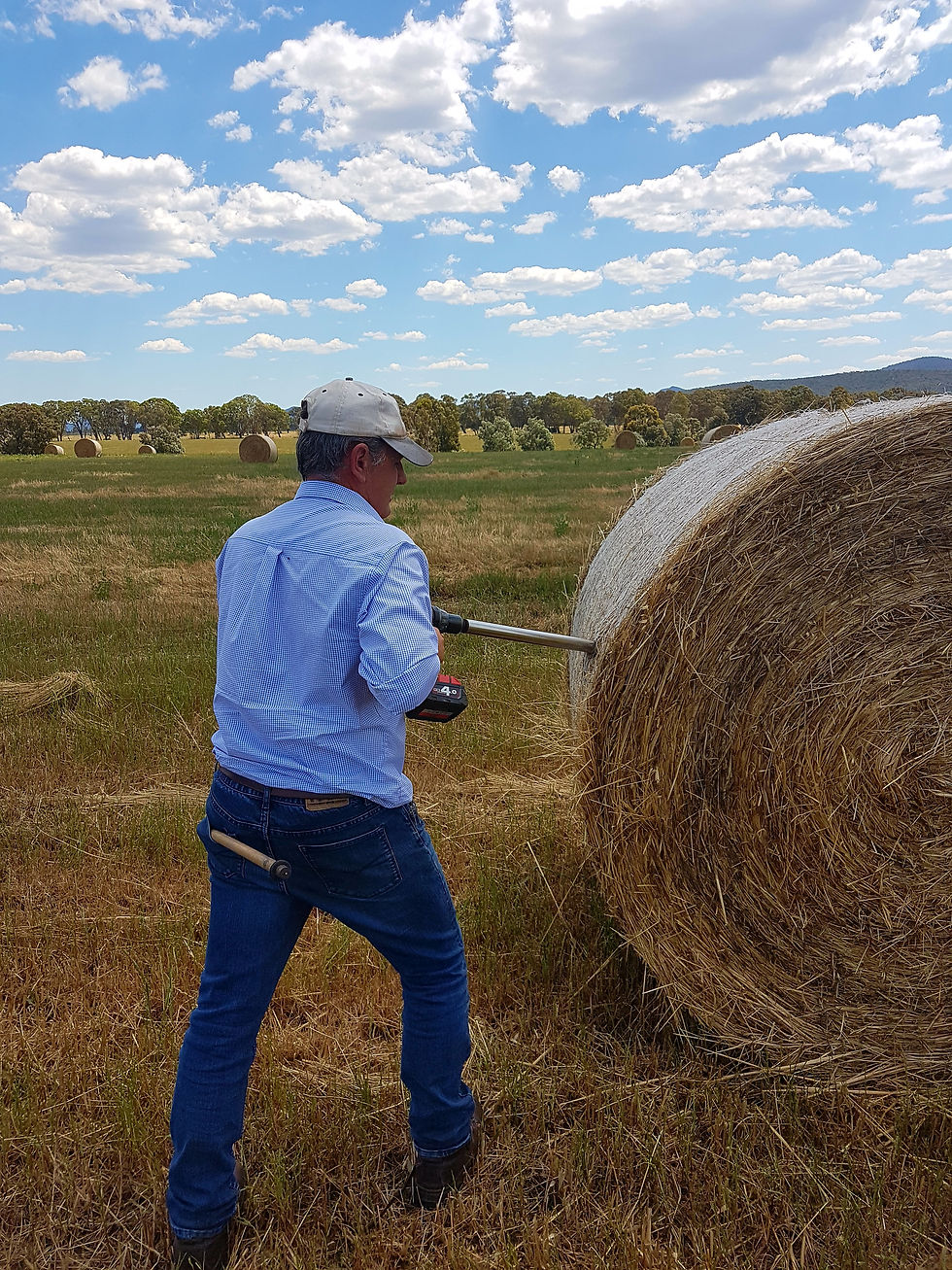TIME SPENT OFF PASTURE:
- Owen Rees

- Oct 5, 2022
- 3 min read
Updated: Aug 14, 2023
A review of the 2022 AARN Conference presentation from Meaghan Douglas, Dairy Feed-base Researcher at Ellinbank, Victoria
By Owen Rees, TRAC Senior Ruminant Productivity Consultant
Over the last 40 years, we have seen a dramatic change to the number of dairy farm businesses and the number of cows they manage. In 1979-1980 there were 22,000 herds and the average herd size was 90 cows. Fast forward to today and there are now only 5,000 herds, with the average herd number per farm, 3 times larger at 279 cows per herd. There has also been a significant shift in larger farms, in 2015 11% of the Australian dairy herds were more than 500 cows but, they also produced 1/3 of the Australian milk pool. Dairy Australia has summarized that herds over 500 milking cows are categorized as Large and herds over 700 milking cows as Extra-Large. As dairy herds get bigger, so does the size of the farm they are housed on.

During Meaghan’s review of a 1,200 cow farm in Ellinbank, Victoria, cows were measured walking 15kms per day, which also meant the last cow to be milked would spend 8-9 hours off pasture. Previous Australian research has shown a consistence in milking order. This is especially right for the first and last cow milked with the middle being more inconsistent.
In the trial, cows that were milked first produced 5kg more milk than their herd mates which were milked last. The contributing factor for the farms measured in this trial was, when the last cow finally reached the paddock, an average of 18-40% of the available pasture had already been consumed. This meant the last cow that entered the paddock had to spend more time grazing and less time ruminating then their herd mates that entered the paddock first.
During the study conducted at Ellinbank, there was no measurable difference in laying time between the first cow that entered the paddock and the last. Not only did the later arriving cows have less to eat but also the pasture quality, ME and CP decreased while the NDF increased in the pasture that was available to the last cow hitting the paddock. So, if we know that the last cow to the paddock is going to produce less milk, due to more time spent off feed, lower pasture availability and quality once she finally reaches the paddock, what can we do to help these cows access better quality feed?
Well, some of the discussion was around splitting up the daily pasture availability. In the trial, they tested assigning 60% of the days feed allocation to the herd, then as the last cow entered the paddock they wound up the strip fence to give the cows access to the remaining 40% of the paddocks feed. This showed that the cows who had been last to the paddock now had access to higher quality grass, which minimized the drop in production that normally occurred in the later milked cows. Offering fresh feed to the whole herd would also excite the cows who were first on the paddock to get up and graze some more grass, increasing their intake as well. One would also suggest that the availability of TMR would also need to be observed to make sure that there was enough feed allocated for the later arriving cows, and the nutrition of that mix was still the same as the mouthfuls the first cows ate.
So how do we help to minimise the amount of time a cow spends off feed? We can’t make our farm any smaller or move where the dairy is located, so what else can we do? With large herds, we can split the herd into smaller mobs, which means each mob will spend less time on the dairy yard and more time in the paddock grazing. If we can’t split the herd, then we need to provide a split allowance of pasture, e.g. Once the last cow reaches the paddock another allocation of pasture is opened up to allow the later arriving cows a full allocation of grass.
To discuss how we can apply this process on your farm, speak with your
local TRAC consultant today, your Experts In Ruminant Productivity or
phone the TRAC Office on 08 8733 1888
Our Consultants
EXPERTS IN RUMINANT PRODUCTIVITY
Tom Thorn
0427 243 319
Owen Rees
0429 437 823
Mikaela Baker
0457 243 319
To download a copy of this article, please click the link below...
#FeedAllocation #PastureManagement #Dairy




Comments